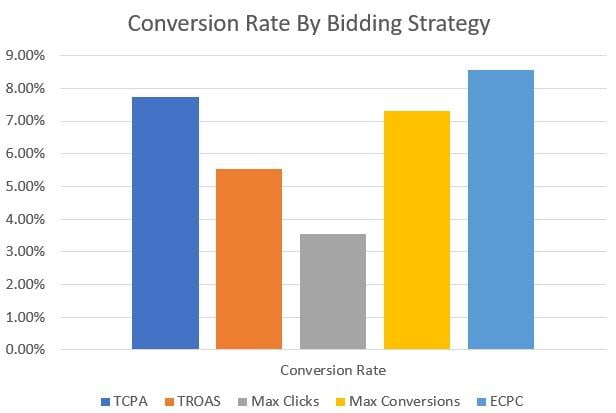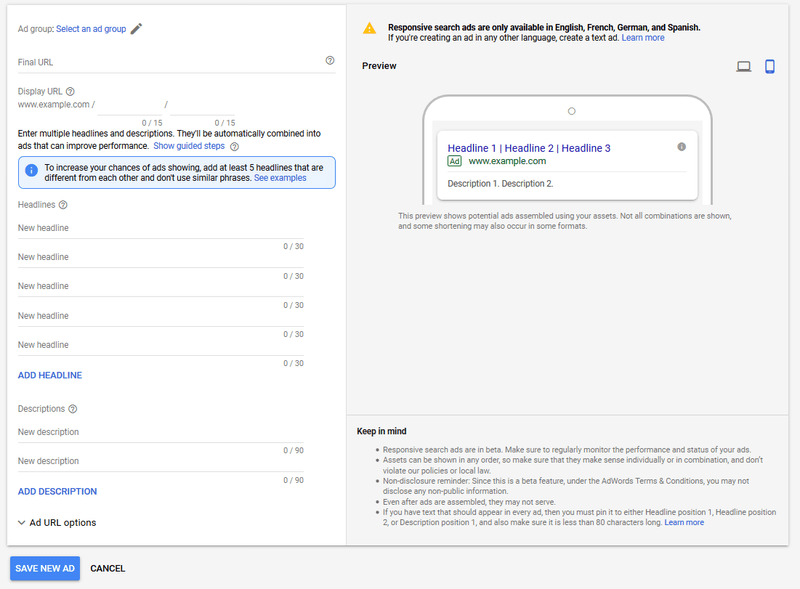Machine learning and automation can seem pretty terrifying for PPC: These technological advances could lead to the end of human-run campaigns in favor of robots that will never have the adaptability to scale a campaign and will certainly never have that “human touch.”
A big part of these fears come from the inevitable lack of control delegating tasks to machines represents. Digital marketers live for control and not being able to own the process of bids, creative, or how queries get matched to our carefully crafted campaigns is nerve-wracking. It doesn’t need to be terrifying, too. Because as digital marketers, we can offer more than controlling the process of bids and query matches. We can offer strategic planning—and automation might just be able to help.
As automation evolves and becomes more integral in running successful campaigns, we need to be clear that delegating tasks to the machine doesn’t diminish our value. It opens our mental bandwidth up to take on bigger challenges and focus on strategic tasks. Today, we’re sharing three workflows you can test out now to start using automation to your advantage—and to build your trust in machine learning.
1. Try Smart bidding in at least one campaign
Smart bidding used to be exclusively a large budget luxury: The amount of data ad networks need to intelligently adjust bids precluded anyone with less than 100 conversions in a 30-day period. Thankfully they’ve evolved and now can support campaigns out of the gate (provided you trust your conversion tracking). That said, many advertisers are reasonably weary—they’ve been burned in the past and don’t want to try again.
Based on data from 3200 client accounts in July 2019.
Based on data from 3200 client accounts in July 2019.
In many of these cases, we incorrectly assumed all smart bidding solutions would give us volume and value in the same strategy.
Knowing the pros and cons of each Google Ads automated bidding strategy is key. Once you understand that, you can figured out which best for your campaign. And if it’s the first time using a bidding strategy, leverage a conservative goal for CPA/ROAS, or put in a bid cap that reflects a healthy bid to budget ratio (no bid should exceed 10% of the daily spend).
2. Test responsive ads
When responsive ads came out, we all cried foul—ads are sacred and only humans can come up with winning copy. Right?
Google recognizes that not everyone is a copywriter and will average ads if you need it to. Yet responsive ads require human input; if the creative is bad, we have no one to blame but ourselves.
Responsive ads are designed to run our A/B testing and enable us to focus on finding the right creative, as opposed to throwing seven ads in an ad group and then being frustrated when only one or two get served.
Consider adopting the best practice of one responsive search ad (RSA) and two expanded text ads (ETA) for a quarter. The ETAs will play bodyguard for your brand, while the RSAs enable you to uncover messaging that leads to more engagement.
3. Embrace close variants
I’ve been a close variant lover since I discovered them popping up in search term reports: Google/Microsoft gives us access to variants of keywords that often come in at a discount. Instead of holding tight to super granular structure, test out allowing variants to be your access to the SERP (particularly if they represent more cost-effective CPCs).
By freeing yourself of variant bidding and the corresponding ad/landing page work, you can focus on the actual value of the customer and whether they’re worth investing in. Additionally, since there’s no perfect protection against close variants (only 10K negatives allowed per campaign), fighting close variant matching will be a never-ending and futile task.






0 Comments